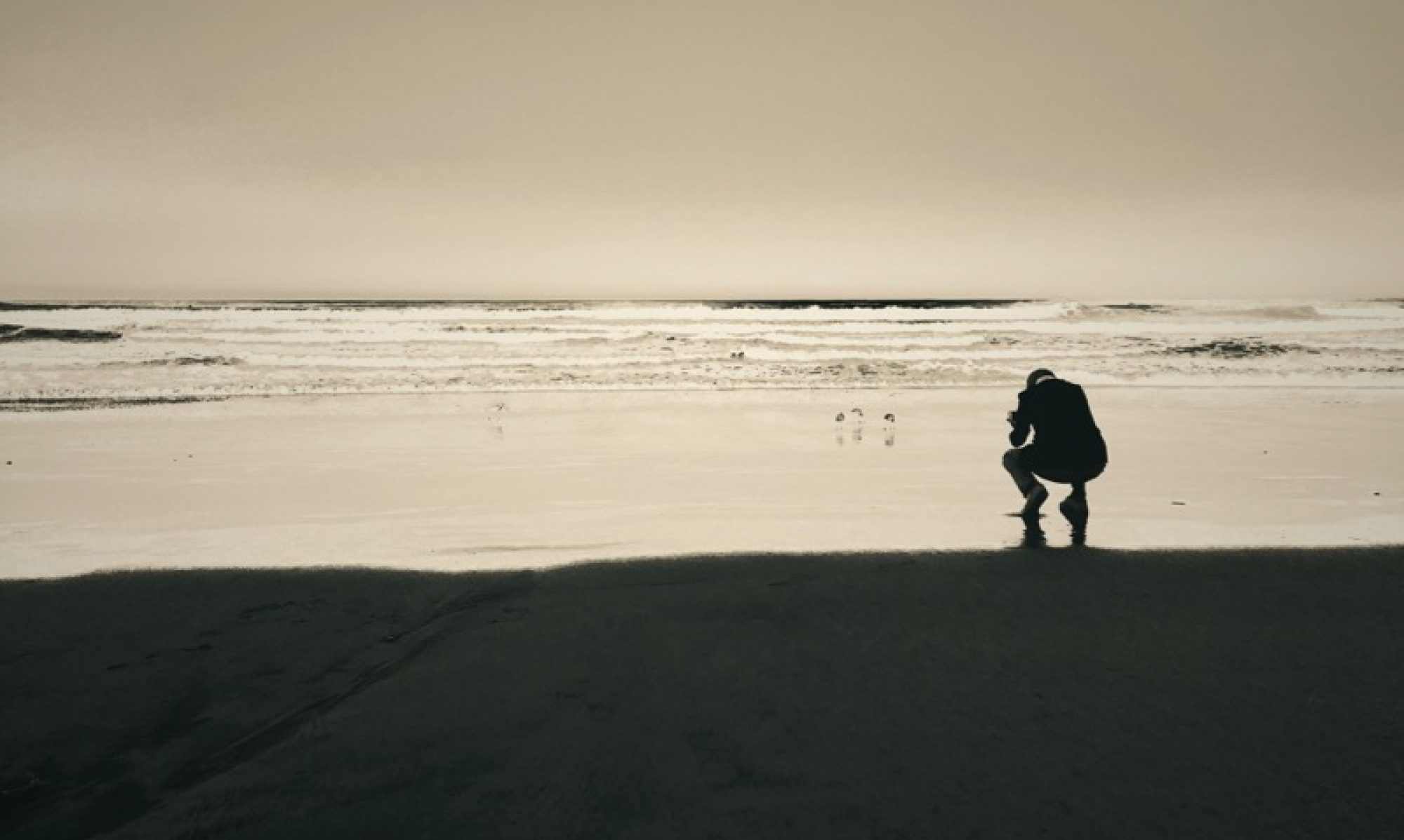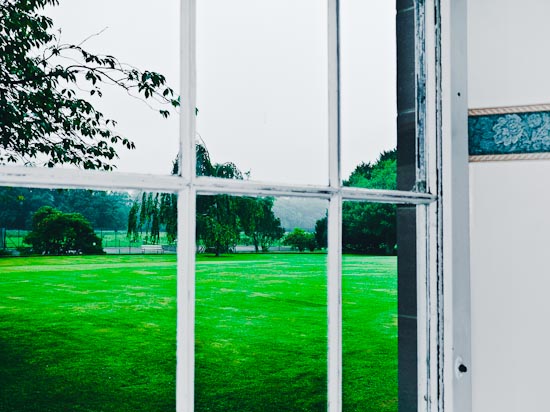In between photography-related trips, I took a couple of days off to audit a summer class on aesthetics. To be sure, this was an event by and for hard-core philosophers. The group was awfully advanced, and I should admit that “audit” isn’t quite the right term. Given that the field of aesthetics is rather close to home, I was drawn into a dispute, and ended up “participating.” I’ve never been well able to deal with high-mindedness, whether it concerns moral or aesthetic value. So perhaps a better word is “disrupting”…
I shall have to write several entries about the contentious issue, and I won’t get to Aristotle’s Camera today. Only to Kant’s Palace. Here’s the example that gave rise to heated discussion. Kant claims that, when you look at a palace and find it beautiful, then this aesthetic judgment is free from interest in the existence of its object, the palace. Now, this seems rather strange to me. Aren’t palaces beautiful as buildings, and as manifestations of architectural ingenuity, and so on? How could all this be independent from the palace’s existence? To be continued.
[While I was there, I made some photos as well, this one from my breakfast table.]

